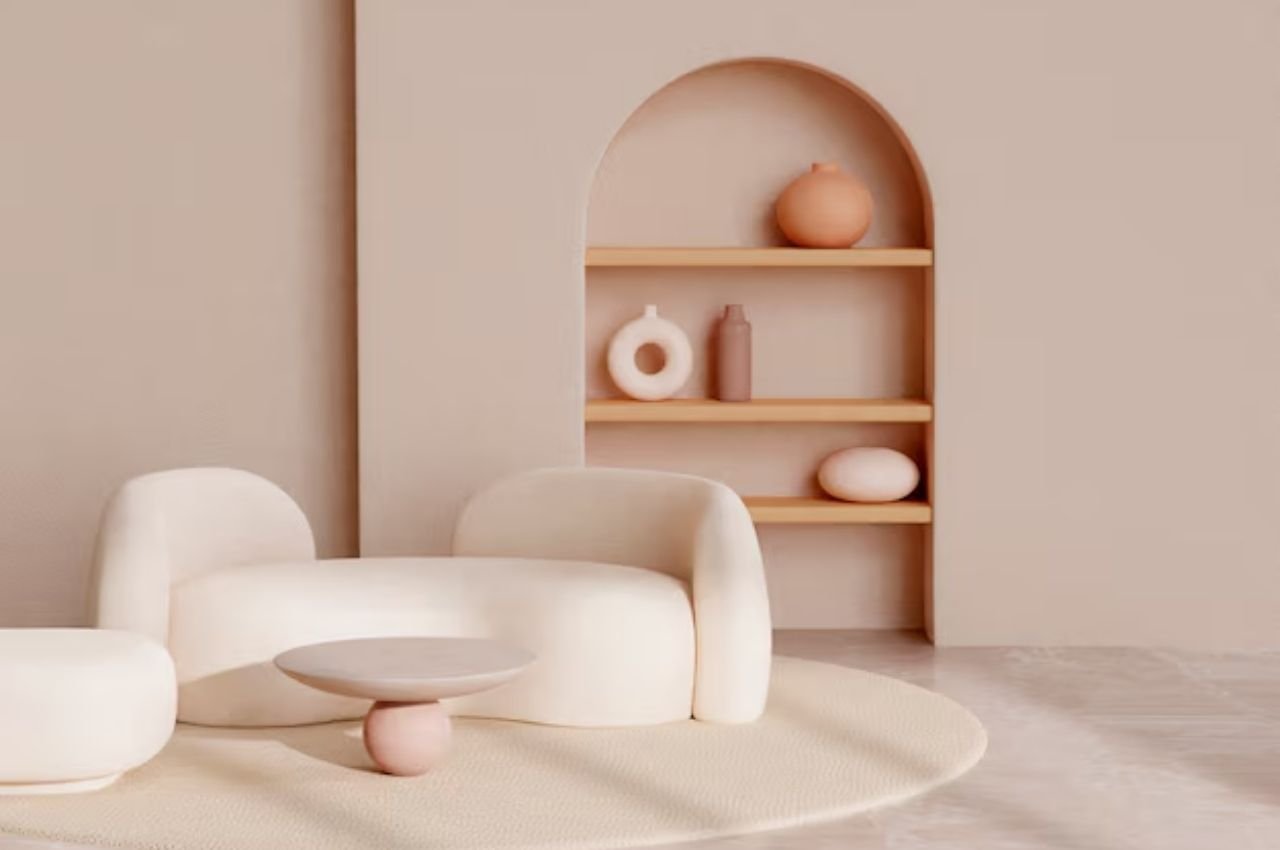Minimalism is more than just a design trend—it’s a lifestyle that embraces simplicity, functionality, and the idea of “less is more.” A minimalist home focuses on decluttering, clean lines, and neutral colors to create a space that feels calm, organized, and effortlessly elegant. Whether you’re new to minimalism or looking to refine your decor, there are a few key principles to follow to achieve that clean and elegant look.
For inspiration and tips on minimalist home design, explore dwellinghaven.com, a great resource for achieving the perfect balance of simplicity and sophistication in your home decor. Let’s dive into the steps you can take to create a minimalist sanctuary in your own home.
Start with Decluttering
The foundation of minimalist home decor is a clutter-free space. Begin by removing items you don’t use or love, focusing on quality over quantity. Minimalism is about intentional living, so everything in your home should serve a purpose or bring joy. Sort through your belongings room by room and let go of anything that adds unnecessary visual noise.
Once you’ve decluttered, organize your space with simple storage solutions. Baskets, sleek cabinets, and floating shelves can help keep essentials out of sight, creating a clean and tidy environment. Remember, the less cluttered your home, the more peaceful and spacious it will feel.
Embrace Neutral Color Palettes
One of the hallmarks of minimalist decor is a neutral color palette. Whites, creams, soft grays, and muted earth tones are commonly used to create a serene and cohesive look. These colors not only make a space feel more open but also allow natural light to bounce around the room, adding to the airy and fresh atmosphere.
To keep the space from feeling too sterile, you can introduce subtle variations in texture, such as a linen sofa, a wool rug, or a wooden coffee table. The goal is to maintain a sense of harmony and balance without overwhelming the eye with bold or contrasting hues.
Choose Functional Furniture with Clean Lines
Minimalist furniture is all about clean lines and functionality. Look for pieces that are sleek, simple, and practical. Avoid overly ornate designs or heavy furniture that can make a space feel cluttered. Instead, opt for modern furniture with smooth surfaces, natural materials, and neutral colors.
Furniture in a minimalist home should also be multifunctional where possible. For example, a sofa bed or a coffee table with hidden storage can help you maximize space without compromising on style. When each piece serves a clear purpose, your home feels more streamlined and efficient.
Incorporate Natural Elements
To add warmth and depth to your minimalist space, incorporate natural elements like wood, stone, and greenery. A few strategically placed indoor plants can bring life and freshness to an otherwise neutral room, while wooden furniture or decor adds texture and warmth.
Natural light is another essential element in minimalist decor. If possible, avoid heavy curtains and let sunlight fill your home. Use sheer curtains or leave windows bare to enhance the feeling of openness. The combination of natural materials and sunlight creates a harmonious, organic atmosphere that aligns perfectly with minimalist principles.
Limit Your Decor Choices
Minimalism encourages you to be selective with your decor. Instead of filling your home with numerous decorative items, focus on a few statement pieces that reflect your style and serve a purpose. For example, a large framed artwork, a sculptural vase, or a simple clock can make a big impact without overcrowding the space.
The key is to keep surfaces as clear as possible. Avoid placing too many knick-knacks on shelves or coffee tables, and resist the urge to fill every empty corner with something. In minimalism, less is always more.
Focus on Quality Over Quantity
When it comes to minimalist home decor, quality is more important than quantity. Investing in high-quality pieces that are built to last not only enhances the aesthetic of your space but also aligns with the minimalist philosophy of reducing excess. Choose timeless, well-made furniture and decor that will stand the test of time, rather than trendy items that may quickly go out of style.
By focusing on fewer but better-quality items, you create a home that feels intentional, curated, and elegant. Plus, fewer, higher-quality pieces often require less maintenance and upkeep, allowing you to enjoy your space without the hassle of constant cleaning or organizing.
Create a Sense of Space with Open Layouts
Open layouts are a natural fit for minimalist home decor. By keeping your floor plan open and avoiding unnecessary partitions or barriers, you can create a sense of flow and spaciousness in your home. This doesn’t mean knocking down walls—it can be as simple as arranging furniture in a way that maximizes space and creates clear pathways.
Ensure that there’s plenty of negative space between furniture pieces, which allows each item to breathe and be appreciated. In minimalist decor, the empty space is just as important as the items themselves, contributing to the overall feeling of calm and openness.
Use Textures to Add Depth
While minimalist decor is known for its simplicity, it doesn’t have to be boring. You can add depth and interest to your space by playing with textures. For instance, a soft wool rug, a knitted throw, or a textured cushion can bring subtle variety to your room without overpowering the minimalist aesthetic.
Mixing textures also helps prevent the room from feeling too flat or one-dimensional. The key is to stay within a neutral color palette while adding different materials to create a cozy yet elegant atmosphere.
Let Functionality Guide Your Decor Choices
In minimalist design, every item should have a function. Whether it’s a piece of furniture or a decorative item, ask yourself if it serves a practical purpose or if it enhances the overall aesthetic. If the answer is no, it’s likely not necessary.
This mindset helps you stay focused on creating a space that’s both beautiful and useful. It also ensures that your home feels uncluttered and intentional, rather than filled with items that don’t serve a purpose.
Keep It Simple and Elegant
At the core of minimalist home decor is the idea of simplicity. A minimalist home is one that feels calm, inviting, and free from unnecessary distractions. By choosing clean lines, neutral colors, and functional pieces, you create a space that’s both elegant and comfortable.
The minimalist approach to decor is timeless and can adapt to your changing needs or tastes without requiring major overhauls. Remember, the beauty of minimalism is in its simplicity—each element works together to create a cohesive and balanced environment.
Conclusion
Minimalist home decor is all about embracing simplicity, functionality, and elegance. By decluttering, focusing on neutral tones, and choosing functional furniture, you can create a clean and sophisticated space that feels both welcoming and relaxing.
Remember, less is more—every item in your home should serve a purpose or bring joy.
Achieving a minimalist look doesn’t require a large budget or complex design skills. With thoughtful choices and a focus on quality, you can transform your home into a peaceful, stylish retreat that reflects the best of minimalist design.
Latest Post!
- Online Resources for Learning Arabic
- Florian Hartenstein: The Inspiring Story of Passion and Success
- Leah Gettens: The Remarkable Journey of Passion and Dedication
- 4 Signs It’s Time To Replace Your Boat Cover or Bimini
- Quintin Conway Obituary: Celebrating a Life of Impact and Legacy
- Flixhqbz: Everything You Need to Know











